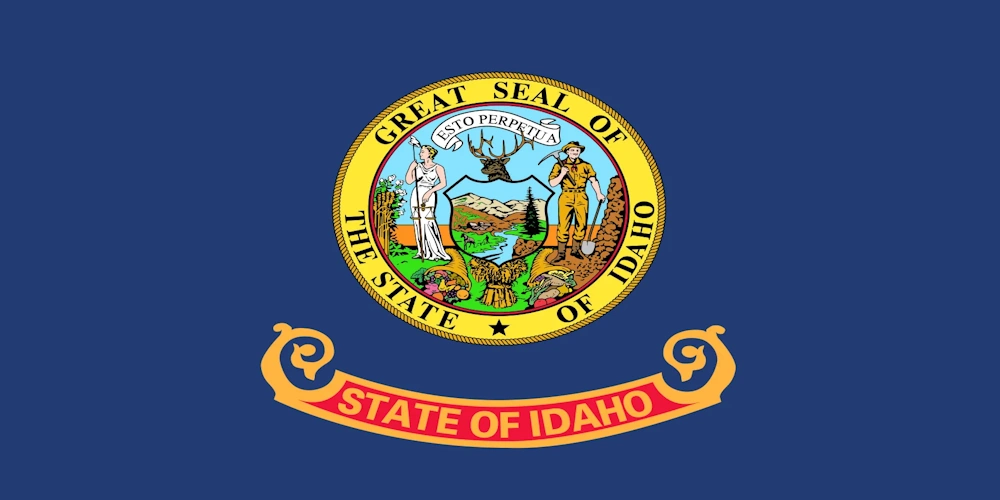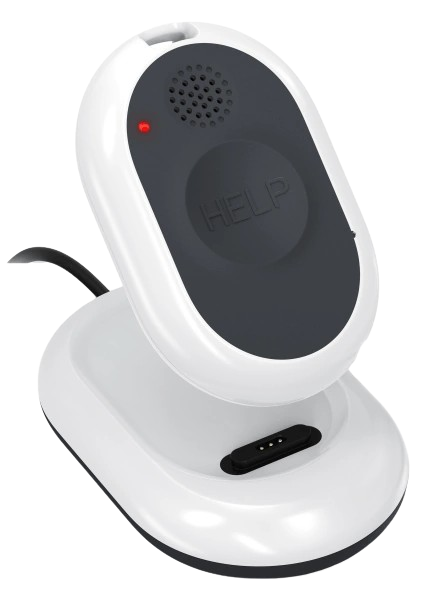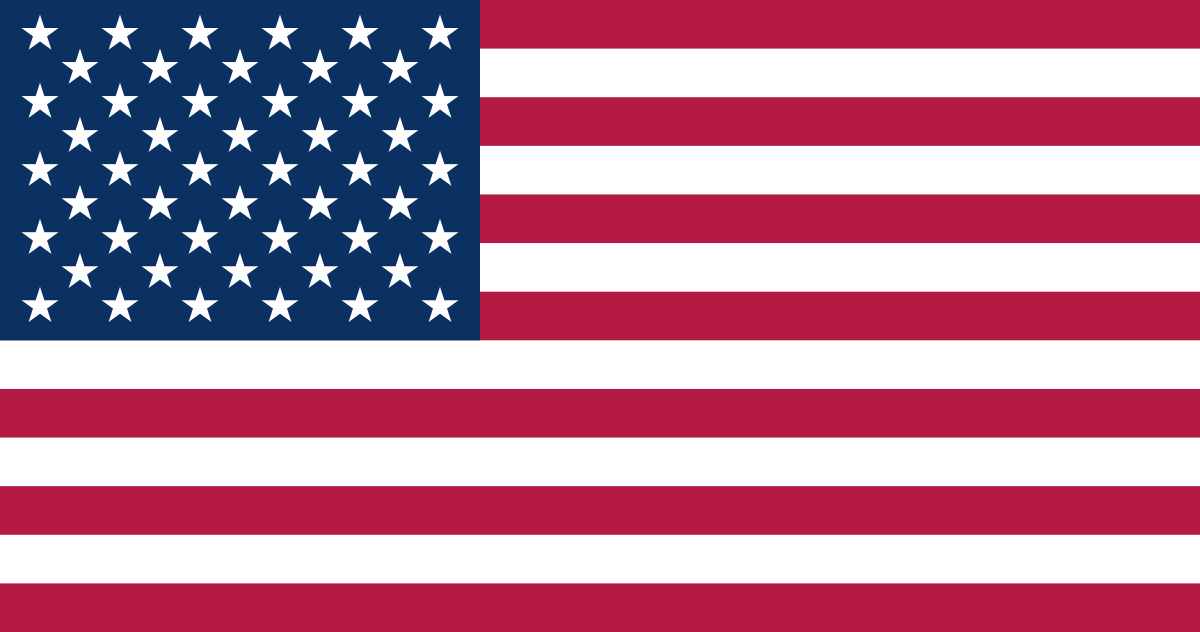From agriculture and natural resource management to home healthcare and utility services, many jobs in Idaho involve employees working alone. These “lone workers” face heightened safety risks due to the nature of working without direct supervision or nearby assistance. Idaho does not operate its own state-run occupational safety and health program; instead, workplace safety is regulated by federal OSHA. Employers in Idaho must understand their responsibilities under OSHA when it comes to protecting employees who work in isolation.
This page serves as a guide on how lone worker safety is managed and legislated in the state of Idaho, and what employers can do to keep compliant with those policies.
On This Page
Our Guide To Lone Worker Safety Policy And Legislation In Idaho
Since Idaho does not have a state OSHA plan, employers fall under the jurisdiction of the Occupational Safety and Health Administration (OSHA) at the federal level. Although OSHA does not have a standalone regulation for lone workers, employers are still legally obligated under the General Duty Clause of the Occupational Safety and Health Act to maintain a workplace free from recognized hazards—including those specific to working alone.
This obligation requires employers to assess the risks faced by lone workers and implement appropriate measures to prevent harm, such as communication systems, emergency procedures, and safety training.
How Idaho Defines A Lone Worker
Neither Idaho law nor federal OSHA offers an official definition of “lone worker,” but the term generally refers to employees who perform job tasks without immediate oversight or coworkers present. This isolation can make it difficult to respond quickly in the event of injury, illness, or other emergencies.
In Idaho, lone workers may include:
- Agricultural laborers working in fields or orchards
- Home healthcare providers visiting patients in rural areas
- Forestry and logging workers in remote terrain
- Utility and telecom technicians operating independently
- Security and custodial staff on night shifts
- Oil, gas, and mining personnel working in dispersed sites
The remoteness of many Idaho work environments adds urgency to the need for robust lone worker safety procedures.
Employing A Lone Worker In Idaho
Employers in Idaho are responsible for recognizing the risks faced by lone workers and implementing procedures to protect them. This involves going beyond basic OSHA compliance to ensure safety across various work environments—especially those located in rural or remote areas.
Best practices include:
- Job Hazard Analysis: Evaluate each position to identify and mitigate hazards that may arise during unsupervised work.
- Communication Systems: Use mobile safety apps, satellite phones, or regular check-ins to stay in contact with lone workers.
- Emergency Protocols: Ensure employees are trained to respond to injuries, equipment failures, or sudden environmental changes.
- Monitoring Tools: Deploy devices with GPS tracking, panic buttons, and automatic alerts to enhance response times.
- Policy Development: Incorporate lone worker safety into broader occupational health and safety programs.
Employers that prioritize these steps not only safeguard their workforce but also demonstrate due diligence in meeting OSHA requirements.
Learn How You Can Protect Your Employees With Loneworker.com

With Loneworker.com you can be equipped with the knowledge and the means to protect your employees and protect your business. Contact us today to learn more about how Loneworker.com can protect you and your employees.
How The Safe Lone Worker App Can Protect Idaho Lone Workers And Employers
With Idaho’s wide-open landscapes and remote job sites, having a dependable monitoring solution is crucial. The Safe Lone Worker app offers real-time tools like GPS location tracking, timed check-ins, emergency panic alerts, and fall detection, helping employers protect employees who operate independently.
Whether it’s a nurse making a home visit in a rural community or a technician working solo in the mountains, the app provides peace of mind by ensuring workers are connected and can get help quickly if needed. It also supports compliance with federal OSHA standards for workplace safety.
Idaho Lone Worker Policies
Idaho is regulated entirely under federal OSHA and does not operate a state-specific occupational safety and health plan. While there are no lone worker-specific laws or regulations in Idaho, employers are subject to the General Duty Clause of the Occupational Safety and Health Act, which requires them to maintain a safe workplace for all employees—including those working alone.
For current legal and regulatory information, employers should consult the official OSHA website. This guide is intended for general awareness and should not be considered a substitute for professional legal or regulatory advice.
Idaho Lone Worker Resources
OHS Contact Centre
- 1-866-415-8690
CDC / NIOSH
- 800-232-4636

Affordable Monitoring For Lone Workers In Idaho

-
 Monitoring Your Employees' Safety
Monitoring Your Employees' Safety
-
 GPS Tracking And Monitoring
GPS Tracking And Monitoring
-
 Man Down Panic Alerts
Man Down Panic Alerts
-
 24/7 Protection Anywhere
24/7 Protection Anywhere
Lone Worker Legislation
Lone Worker Safety Policies And Legislation By State
-
 Alabama State Safety Policies And Legislation
Alabama State Safety Policies And Legislation
-
 Alaska State Safety Policies And Legislation
Alaska State Safety Policies And Legislation
-
 Arizona State Safety Policies And Legislation
Arizona State Safety Policies And Legislation
-
 Arkansas State Safety Policies And Legislation
Arkansas State Safety Policies And Legislation
-
 California State Safety Policies And Legislation
California State Safety Policies And Legislation
-
 Colorado State Safety Policies And Legislation
Colorado State Safety Policies And Legislation
-
 Connecticut State Safety Policies And Legislation
Connecticut State Safety Policies And Legislation
-
 Delaware State Safety Policies And Legislation
Delaware State Safety Policies And Legislation
-
 Florida State Safety Policies And Legislation
Florida State Safety Policies And Legislation
-
 Georgia State Safety Policies And Legislation
Georgia State Safety Policies And Legislation
-
 Hawaii State Safety Policies And Legislation
Hawaii State Safety Policies And Legislation
-
 Idaho State Safety Policies And Legislation
Idaho State Safety Policies And Legislation
-
 Illinois State Safety Policies And Legislation
Illinois State Safety Policies And Legislation
-
 Indiana State Safety Policies And Legislation
Indiana State Safety Policies And Legislation
-
 Iowa State Safety Policies And Legislation
Iowa State Safety Policies And Legislation
-
 Kansas State Safety Policies And Legislation
Kansas State Safety Policies And Legislation
-
 Kentucky State Safety Policies And Legislation
Kentucky State Safety Policies And Legislation
-
 Louisiana State Safety Policies And Legislation
Louisiana State Safety Policies And Legislation







